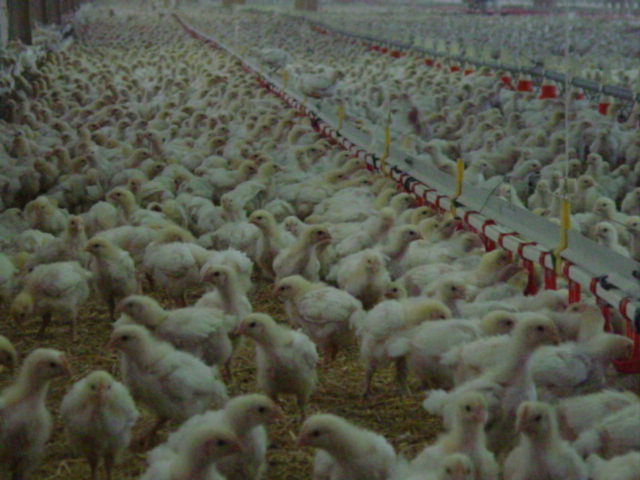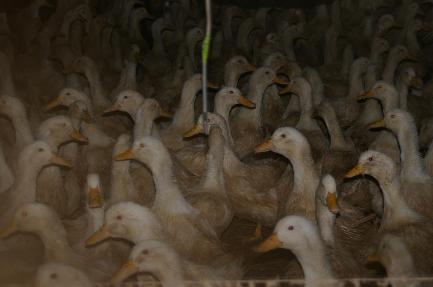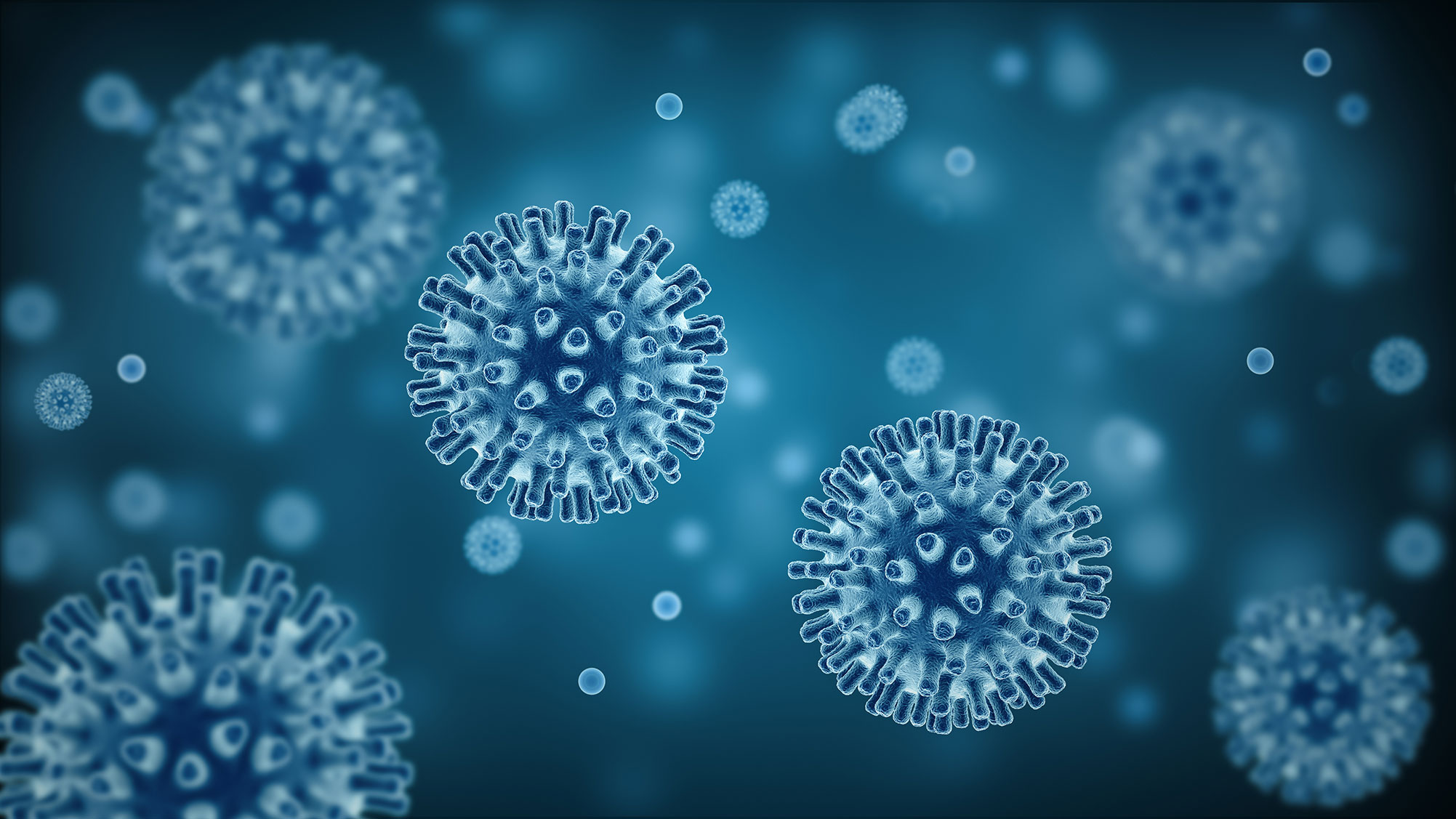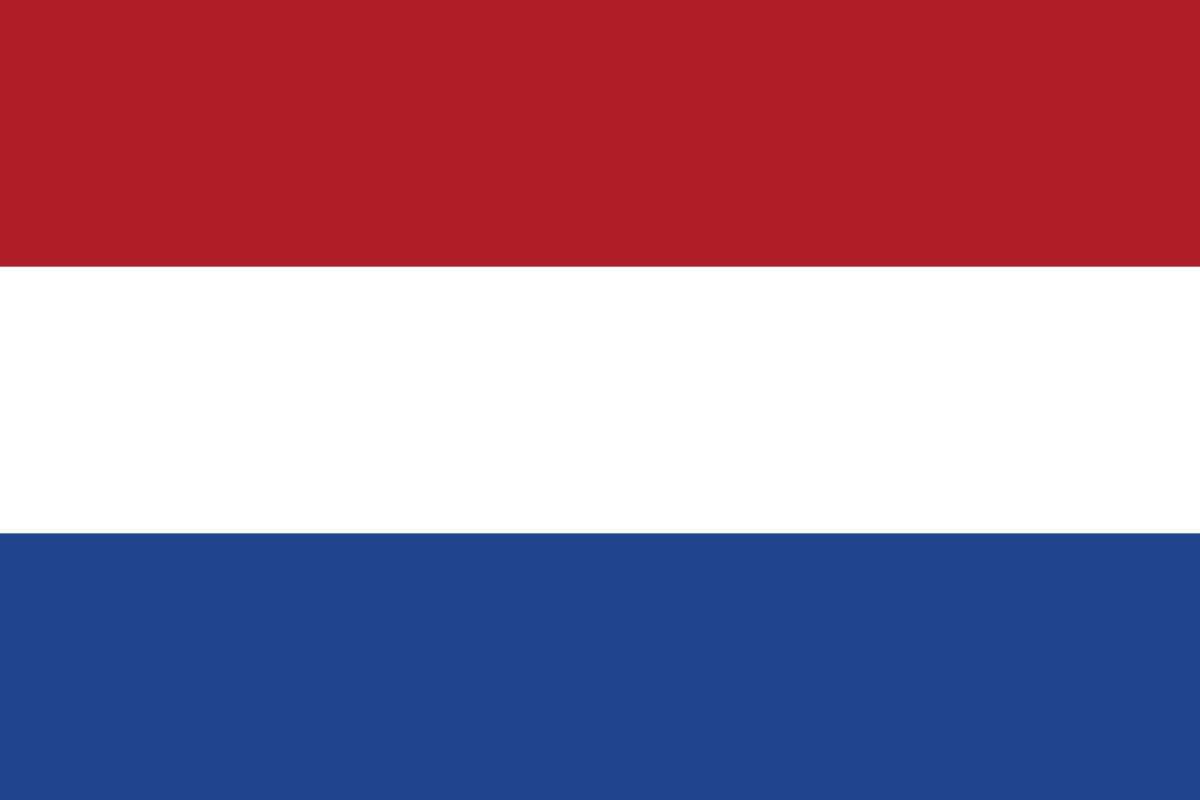Where Life Imitates Art
or
How to create a pandemic?
by Nigel Franks
5 January 2021
It's a classic, cliched plot for a disaster movie or book: an innocent researcher makes a mistake and a dangerous plague which threatens humanity is unleashed. Is there a way that that could happen in real life? What would it take?
As it's not a deliberate mistake, let's rule out genetic engineering: cutting and splicing genes. So the most probable way that such a disaster could unfold is if the researcher unwittingly makes an existing disease more dangerous. One way would be to allow a disease that affects animals to mutate so that it can cross over the species barrier and infect humans.
We might want to treat the animals with antimicrobials in order to treat diseases or as a preventive measure. This also increases the chances of microbes becoming resistant to them.
So now we've got good conditions for a pathogen to mutate, but we've still got to allow it to infect humans. If we ventilate the living spaces of the animals, then we can blow the pathogen into the outside world where people may come in contact with it directly or by transmission from wild animals. We could also spread their waste on land as fertiliser which also creates the same opportunities for transmission. We might also want to keep an eye on the animals which would bring people into contact with them.
Another way of spreading the disease would be to transport infected animals to a place where we kill them and then have them cut up by people working in close proximity to each other. Any pathogens in their blood or flesh would have ample opportunity to infect people by being breathed in or ingested.
Once we've cut up the dead animals we can then transport the pieces to places where people can buy these pieces of infected animals to eat. If they don't prepare the pieces properly then they can get infected by the pathogen.
Hang on a sec. I've just had a thought: am I describing the plot for a book or a movie .... or am I describing raising livestock for human consumption?
Covid-19 shows the dangers of that strategy: the outbreak had already spread before it was recognised and now we are all paying the price: the millions of deaths and sick people, the costs to the economy and peoples' mental well being, the effect on the education of our children etc. We are also belatedly learning how dangerous social media can be when it gives free reign to conspiracy theorists and cranks who politicise such basic public health measures as wearing a mask and keeping a distance from people.
Something is going to have to change: and the first step should be taking a long hard look at the economics of raising livestock. Already for years we have ignored the longterm negative effects of the industry on the environment, public health, the climate, biodiversity etc. The general public pays the price for all the harm done and the industry reaps the rewards: even when they have to slaughter animals as a preventive measure, they get bailed out by the taxpayer.
Let Covid be a wake up call: we have to stop subsidising an industry that does so much harm and which is so dangerous. If people want to eat animal products, then they should pay the true price which accounts for the harm done. That's one reason why we have taxes on tobaco and alcohol; you can use these products if you like, but don't put all the costs on people who don't use them and who use less harmful alternatives.
Would you like to do something about this? Then please sign the petition under the link below:
"With the petition we refuse to support, with our taxes, an industry that is unable to find humane and effective solutions, an industry that persists in its mistakes, without respect for animal welfare or long-term human health. We demand that governments - national, European and international - take their responsibilities and stop perpetuating this dangerously failing system."



